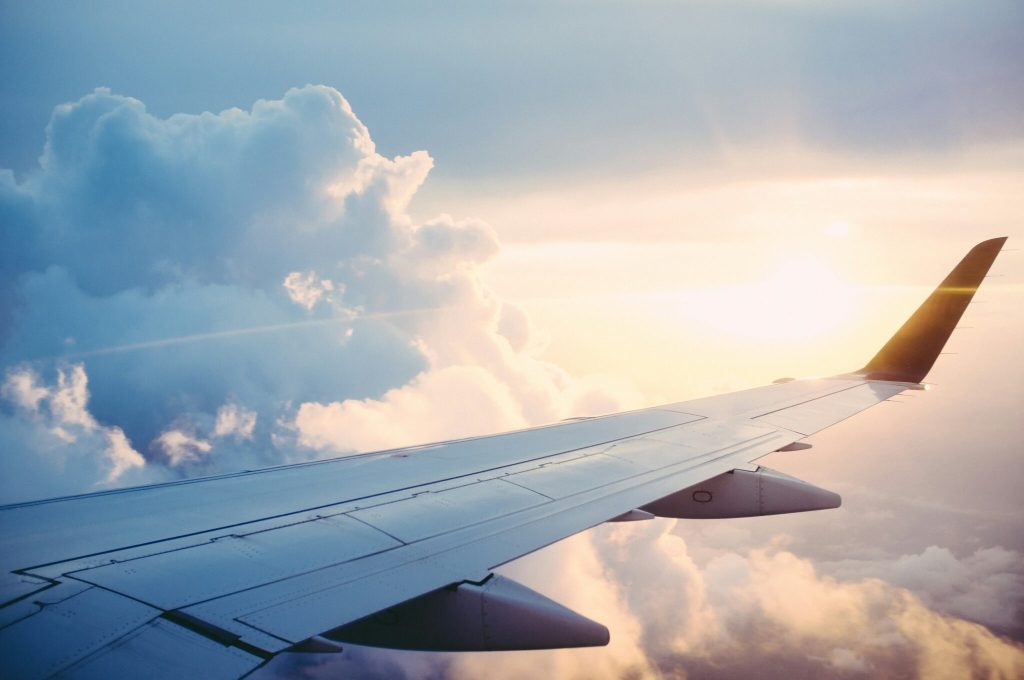The in-flight connectivity market is experiencing significant growth, with airlines increasingly focusing on providing Wi-Fi access to passengers. At the Aircraft Interiors Expo in Hamburg, companies showcased advancements in technology to keep passengers connected while in the air. With Gen Z passengers expecting constant connectivity, airlines are working towards offering unlimited Wi-Fi as a key differentiator.
Airlines have refined their business models for in-flight internet connectivity over the years. While data packages were the norm in the past, airlines are now exploring options like offering free Wi-Fi through partnerships with streaming services or loyalty programs. At the same time, advancements in technology have improved the connectivity experience for passengers and crew.
Elon Musk’s Starlink business is making waves in the in-flight connectivity space, with Qatar Airways partnering with Starlink to provide high-speed Wi-Fi on its aircraft. Starlink is working towards obtaining certification to install its hardware on planes, with the goal of offering connectivity speeds exceeding 500 megabits per second. This partnership is set to revolutionize the in-flight Wi-Fi experience for passengers.
Airbus has also made significant strides in in-flight connectivity with its HBCplus system, which offers the flexibility to connect with different frequency bands and switch service providers easily. By partnering with various managed service providers, Airbus is ensuring seamless connectivity for airlines. The HBCplus system is set to enter service with the delivery of A350 planes to Emirates later this year.
Airlines around the world are investing heavily in in-flight connectivity, with carriers like Japan Airlines, Condor Airlines, and Turkish Airlines equipping their aircraft with the latest technology. As airlines prioritize providing high-speed, reliable Wi-Fi to passengers, the in-flight connectivity market is set to see continued growth. Passengers can expect faster speeds and improved connectivity options on board their flights in the near future.
Overall, as technology evolves and costs decrease, in-flight connectivity is likely to become a basic expectation among passengers rather than an optional extra. With airlines prioritizing the implementation of advanced Wi-Fi systems on their aircraft, the future looks bright for the in-flight connectivity market. Passengers can look forward to staying connected at 35,000 feet with faster speeds and enhanced connectivity options on their flights.















